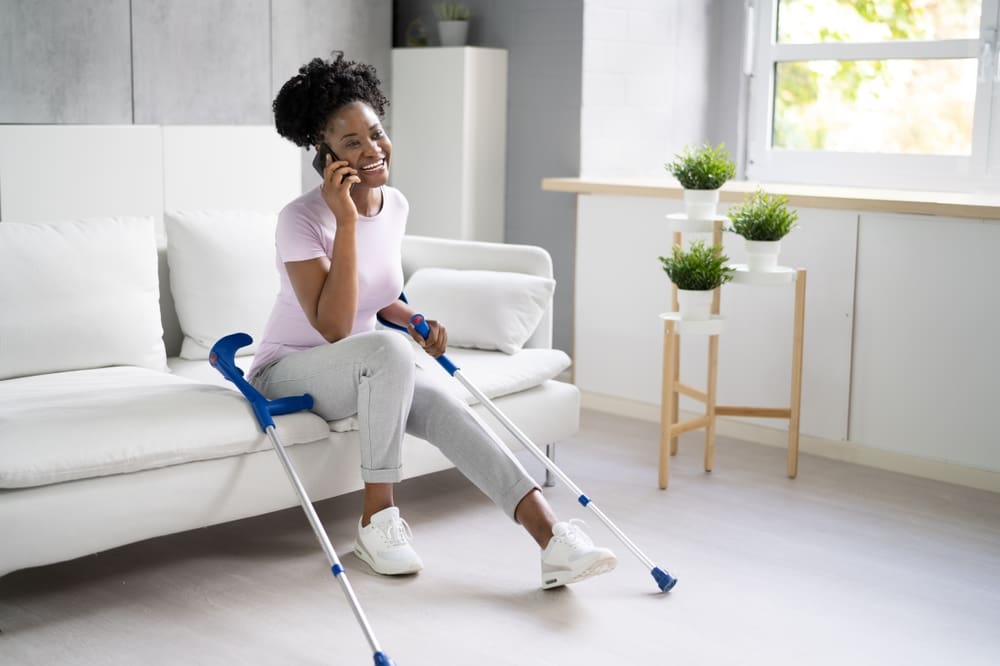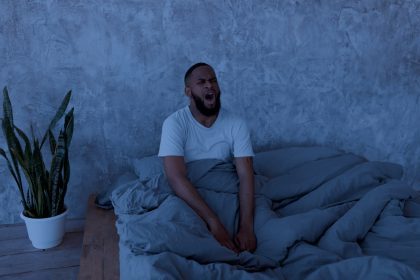A limp, a noticeable difference in how you walk, can be caused by various underlying issues. While it might seem minor, a limp can significantly impact mobility, daily activities, and overall well-being. Fortunately, doctors have various diagnostic tools and treatment options to help you regain a smooth and pain-free gait.
Understanding the Root Cause: Diagnosis of Limps
Diagnosing the cause of a limp requires a thorough evaluation by your doctor. The process typically involves:
- Detailed Medical History: Your doctor will ask about your symptoms, including the duration, severity, and location of the pain. They will also inquire about any injuries, accidents, or medical conditions you might have.
- Physical Examination: The doctor will physically examine your legs, hips, back, and feet, checking for swelling, tenderness, muscle weakness, range of motion, and any visible abnormalities.
- Imaging Tests: Depending on the suspected cause, your doctor might recommend imaging tests like X-rays, ultrasounds, or MRIs to visualize bones, muscles, tendons, and ligaments in detail.
Once a diagnosis is established, your doctor can create a personalized treatment plan to address the underlying cause of your limp and improve your gait.
Treatment Options for Limps: Restoring Mobility
Treatment for a limp varies depending on the specific cause. Here’s an overview of some standard treatment approaches:
- Rest and Physical Therapy: In many cases, especially for muscle strains or overuse injuries, rest and physical therapy are the cornerstones of treatment. Physical therapists can design exercises to strengthen weak muscles, improve flexibility, and restore proper walking mechanics.
- Medication: Anti-inflammatory medications can help manage pain and inflammation associated with arthritis or tendonitis.
- Medical Devices: Braces, splints, or canes can provide support and stability, helping to improve gait and reduce pain.
- Cortisone Injections: Cortisone injections can reduce inflammation in specific areas, such as around a bursa or tendon.
- Surgery: In some cases, surgery may be necessary to address issues like torn ligaments, fractures, or severe joint damage.
Common Causes of Limps and Treatment Approaches
Here’s a closer look at some common causes of limps and how doctors might approach treatment:
- Muscle Strains and Sprains: These are often caused by overuse or sudden injuries. Treatment typically involves rest, ice therapy, compression wraps, and physical therapy.
- Arthritis: Osteoarthritis and rheumatoid arthritis can cause pain, inflammation, and stiffness in the joints, leading to a limp. Treatment options include pain medication, physical therapy, injections, and joint replacement surgery in severe cases.
- Leg Length Discrepancy: A slight difference in leg length is common, but a significant discrepancy can cause a limp. Heel lifts or shoe modifications can help even the leg length and improve gait.
- Sciatica: This condition involves pain radiating down the leg due to sciatic nerve irritation. Treatment may include pain medication, physical therapy, and, in some cases, surgery to address the underlying cause.
- Hip Problems: Hip bursitis, tendinitis, or arthritis can cause pain and limited mobility, leading to a limp. Depending on the severity, treatment options range from physical therapy and medication to surgery.
Living with a Limp: Tips for Improved Mobility
While treatment can address the underlying cause of your limp, there are steps you can take to manage it and improve your daily life:
- Maintain a Healthy Weight: Excess weight stresses your joints, potentially worsening your limp.
- Wear Supportive Shoes: Choose well-fitting shoes with good arch support and shock absorption.
- Use Assistive Devices: When your doctor recommends them, es canes or crutches can provide extra stability and reduce pain while walking.
- Practice Good Posture: Maintaining proper alignment can help improve your gait and reduce joint stress.
- Stay Active: Regular exercise, including low-impact swimming or walking, can strengthen muscles, improve flexibility, and enhance overall well-being.
Conclusion: Working with Your Doctor for a Pain-Free Stride
A limp can disrupt your daily routine and cause discomfort. However, with a proper diagnosis and the help of your doctor, you can explore treatment options and find ways to manage your condition. By working with your doctor, incorporating physical therapy, and making healthy lifestyle changes, you can regain a smooth and pain-free gait, allowing you to move confidently and enjoy an active life.
This story was created using AI technology.













